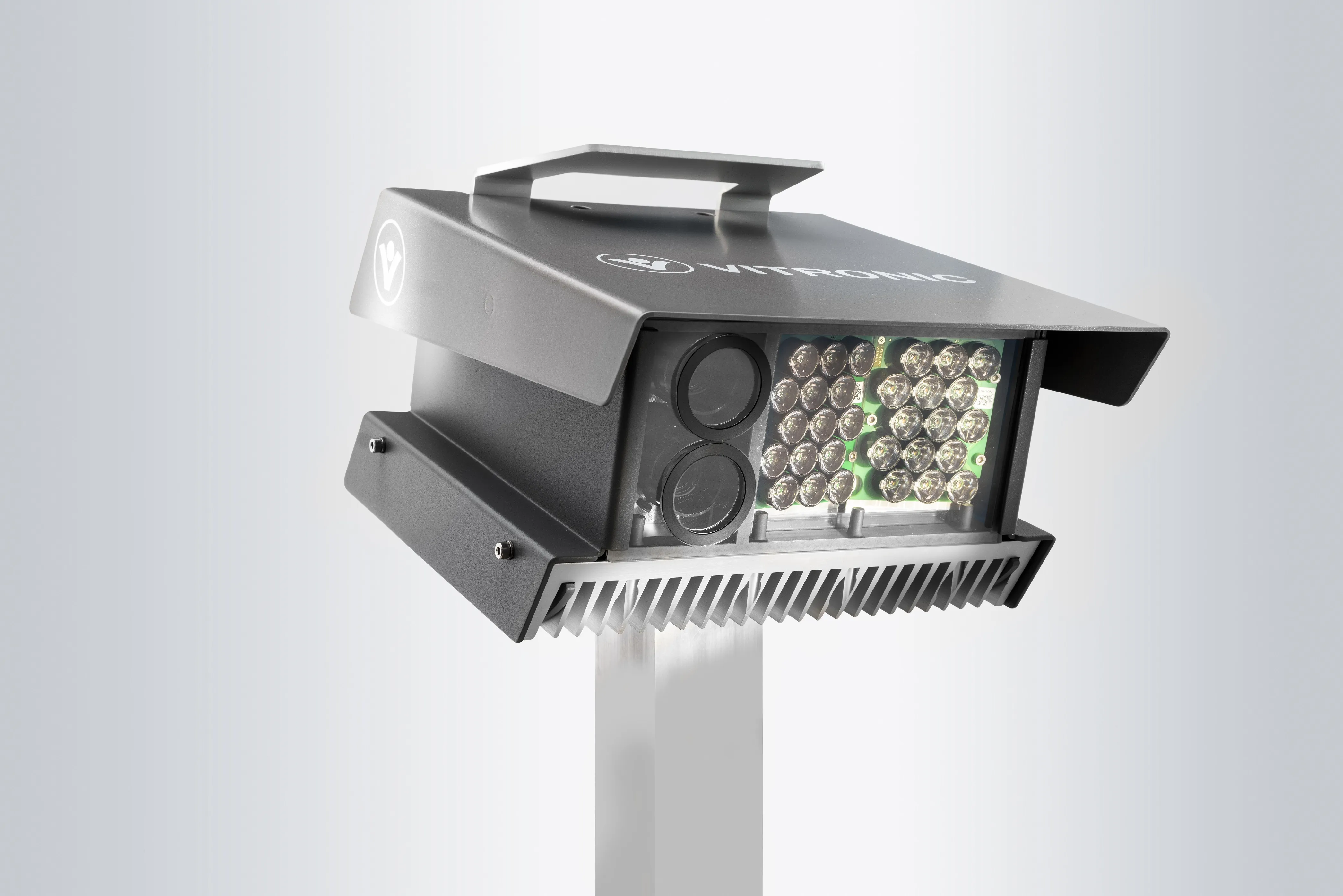ANPR camera producer MAV Systems is using Epitex’s infrared LEDs in stand-alone illuminators to capture high definition images of fast moving vehicles at night without distracting drivers. MAV’s managing director Steve Walker, said; “Our customers need the best overview images, night and day, and don’t want to use harsh white light or have to erect expensive additional mounting positions. Combining our intelligent LED pulse driver circuits with Epitex’s infrared LEDs means we can provide clear night-time p
May 30, 2014
Read time: 2 mins
ANPR camera producer MAV Systems is using Epitex’s infrared LEDs in stand-alone illuminators to capture high definition images of fast moving vehicles at night without distracting drivers.
MAV’s managing director Steve Walker, said; “Our customers need the best overview images, night and day, and don’t want to use harsh white light or have to erect expensive additional mounting positions. Combining our intelligent LED pulse driver circuits with Epitex’s infrared LEDs means we can provide clear night-time pictures of vehicles, even in multi-lane scenarios, from a single overhead gantry with no driver distractions.”
According to Japanese LED producer Epitex, with many ANPR cameras the lack of illumination restricts their ability to capture non-retro reflective licence plates and vehicle images at night. The combination of Epitex LEDs with MAV’s HD cameras provides the ITS sector with clear images both day and night.
MAV-Epitex based ANPR solutions are being used in road-tolling and point-to-point enforcement systems in Singapore and Australia and are said to have out-performed the competition under tightly controlled tests. Epitex’s LEDs are available more than 50 wavelengths from 360 to 1550nm and are distributed globally through7777 Marubeni America Corporation.
MAV’s managing director Steve Walker, said; “Our customers need the best overview images, night and day, and don’t want to use harsh white light or have to erect expensive additional mounting positions. Combining our intelligent LED pulse driver circuits with Epitex’s infrared LEDs means we can provide clear night-time pictures of vehicles, even in multi-lane scenarios, from a single overhead gantry with no driver distractions.”
According to Japanese LED producer Epitex, with many ANPR cameras the lack of illumination restricts their ability to capture non-retro reflective licence plates and vehicle images at night. The combination of Epitex LEDs with MAV’s HD cameras provides the ITS sector with clear images both day and night.
MAV-Epitex based ANPR solutions are being used in road-tolling and point-to-point enforcement systems in Singapore and Australia and are said to have out-performed the competition under tightly controlled tests. Epitex’s LEDs are available more than 50 wavelengths from 360 to 1550nm and are distributed globally through










